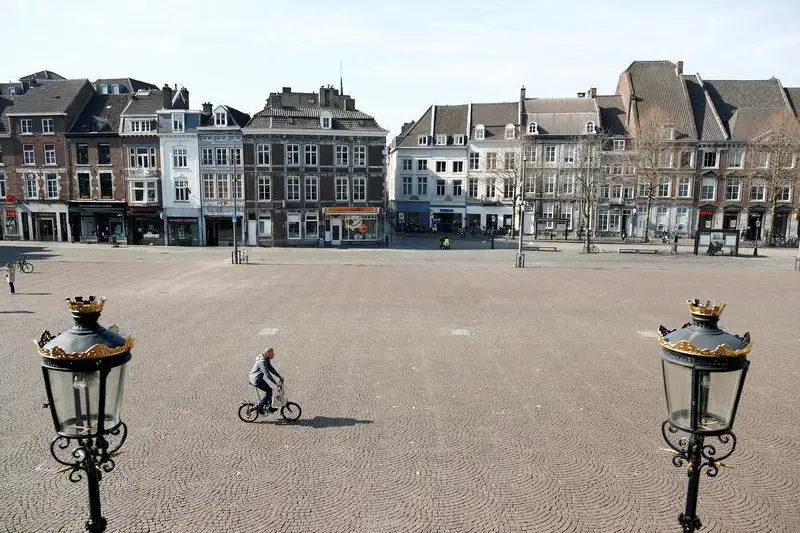PHOTO
AMSTERDAM: A six-year cold case investigation into the betrayal of Anne Frank has identified a surprising suspect in the death of the famous diarist, who was discovered in her canal side hideout and died in a Nazi concentration camp in 1945.
A relatively unknown figure, Jewish notary Arnold van den Bergh, has been named by a team that included retired U.S. FBI agent Vincent Pankoke and around 20 historians, criminologists and data specialists.
More than 75 years after Nazis stormed the annex in Amsterdam, researchers concluded it was "very likely" Van den Bergh gave the Frank family up in order to save his own family, research team member Pieter van Twisk told the daily NRC newspaper on Monday.
Anne was discovered on Aug. 4, 1944, after two years in hiding. Miep Gies, one of the family’s helpers, kept Anne’s diary safe until it was published by Anne’s father, Otto, in 1947, two years after Anne died in the Bergen Belsen camp at age 15. Captivating the imagination of millions of readers worldwide, it has been translated into 60 languages.
The attempt to identify the betrayer was not intended to lead to prosecution, but to solve one of the biggest unsolved mysteries in the Netherlands of World War Two.
Using Big Data research techniques, a master database was compiled with lists of Nazi collaborators, informants, historic documents, police records and prior research to uncover new leads.
Dozens of scenarios and locations of suspects were visualised on a map to identify a betrayer, based on knowledge of the hiding place, motive and opportunity.
The findings of the new research will be published in a book by Canadian author Rosemary Sullivan, "The Betrayal of Anne Frank", which will be released on Tuesday.
Dozens of suspects had been named in past decades, but never before had modern investigative techniques been applied so extensively to identify a suspect.
(Reporting by Anthony Deutsch Editing by Tomasz Janowski) ((anthony.deutsch@thomsonreuters.com; +31202066563;))























